Tree Age Calculator
Tree Age Calculator
Accurately estimate the age of trees using scientifically-backed methods. Our professional tree age calculator helps arborists, foresters, homeowners, and tree enthusiasts determine the approximate age of trees based on species-specific growth factors, trunk diameter (DBH), or tree height measurements.
Estimated Tree Age
Frequently Asked Questions About Tree Age
How accurate is this tree age calculator?
This calculator provides scientifically-based estimates using growth factors established by arboricultural research. The DBH method typically offers accuracy within 10-20% for most species growing in average conditions. However, many factors can influence tree growth, including soil quality, climate, competition, and human interventions. For the most precise age determination, tree ring analysis (dendrochronology) would be required, which involves drilling a small core sample from the trunk.
What is DBH and how do I measure it correctly?
DBH (Diameter at Breast Height) is the standard forestry measurement of tree trunk diameter taken at 4.5 feet (1.37 meters) above ground level. To measure it correctly:
1. Use a flexible measuring tape to measure the circumference at 4.5 feet above the ground.
2. Divide this circumference by 3.14 (π) to get the diameter.
3. For trees on slopes, measure from the uphill side.
4. For trees that fork below 4.5 feet, measure the smallest circumference below the fork.
1. Use a flexible measuring tape to measure the circumference at 4.5 feet above the ground.
2. Divide this circumference by 3.14 (π) to get the diameter.
3. For trees on slopes, measure from the uphill side.
4. For trees that fork below 4.5 feet, measure the smallest circumference below the fork.
Why does tree species matter when determining age?
Different tree species have inherently different growth rates based on their genetics and physiological characteristics. For example, a 24-inch diameter oak might be 120 years old, while a 24-inch diameter silver maple might only be 40-50 years old. Each species has a specific “growth factor” that relates its diameter to its approximate age. By selecting the correct species, our calculator applies the appropriate growth factor for more accurate results.
How do growing conditions affect tree age calculations?
Environmental conditions significantly impact how quickly trees grow. Trees in optimal conditions (fertile soil, adequate water, full sun) grow faster than trees in challenging conditions (poor soil, drought, shade). Our calculator adjusts the growth factors based on the growing conditions you select, providing a more accurate age estimate. Trees in challenging conditions typically grow slower and may be older than their size suggests.
Which method is more reliable – DBH or height?
The DBH (trunk diameter) method is generally more reliable for estimating tree age because trunk diameter increases more predictably over a tree’s lifetime. As trees mature, height growth often slows or stops while the trunk continues to expand. The height method is best used when DBH measurement isn’t possible or as a supplementary data point. For the most accurate results, professional arborists often consider multiple factors including DBH, height, and species-specific growth patterns.
